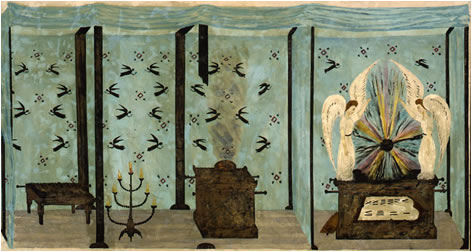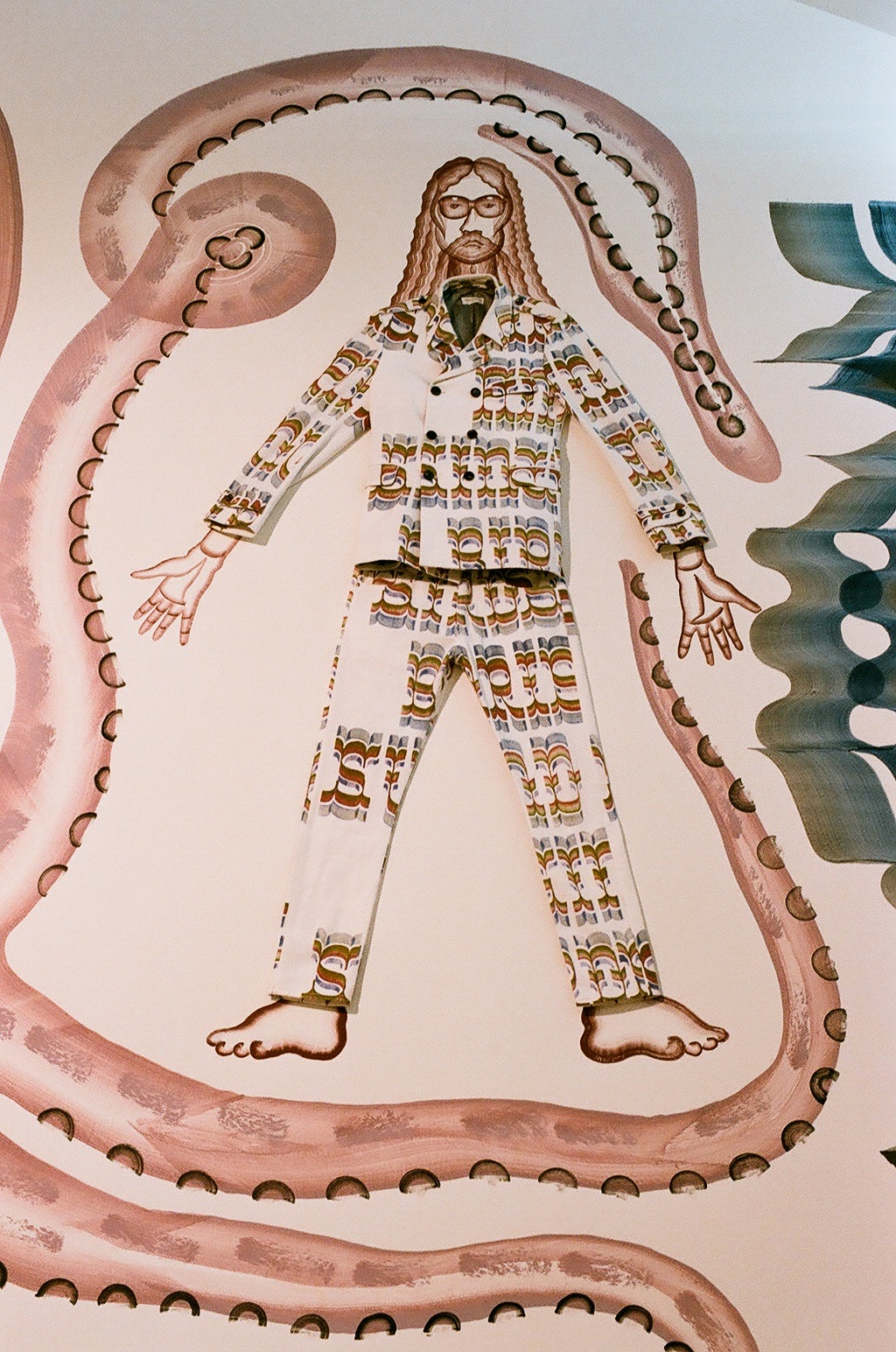Vernacular Art
One of the captivating attributes of the vernacular is the vast variety of specialties and perspectives it may be used to describe. It becomes powerful when a group or individual use it to describe their pursuits, as it is generally understood vernacular is opposed to the standard. So to say for example I am a vernacular artist is to say I am comfortable and maybe even deliberately outside of standard, accredited artistic pursuits. The term vernacular was once used negatively to label outsider, indigenous and folk architects, artists and artisans. At one point in history it was even used to imply the intellectual inferiority of such practitioners. These days it may be used as a positive affirmation and almost an accreditation unto itself, of cultural phenomena existing on it’s own terms outside ‘standard’ economic valuations, validations and pursuits.
Depot Artspace will soon be announcing a new vernacular project which you will have the opportunity to contribute to. I’ve been trawling the internet looking for quotes and images and trying to improve my understanding of the vernacular before we make announcements and have turned up some gems.
Here are a few of my favourite discoveries from today:
The two images above are from the Ricco Maresca collections of ‘Vernacular Art’. The gallery describes itself as championing and showcasing “self-taught masters working outside the art-historical mainstream”.
West Moon Street, Gijs Frieling, mixed media mural, detail, 2012.
Artist Gijs Frieling is a mixed media artist who says, “My work is an attempt to present the development of painting as an entity in which the differences between fine art, folk art, religious painting, ‘high art’ and the avant garde are merely contextual,” Vernacular Painting (Valiz, 2010, print) a book dedicated to his life and his paintings unto themselves, illustrate this point serenely.

Harry Smith and Allen Ginsberg
Ginsberg’s apartment. 437 East 12th St. NYC. 1988 [Photo by Brian Graham]

Harry Smith, Manteca, ca. 1948. Painting of “Manteca,” Dizzy Gillespie Orchestra, ca. 1947. Whereabouts unknown. © Harry Smith Archive. From Harry Smith, Getty Publications.
Harry Smith is a relatively obscure character from recent American history mostly known for compiling ‘Anthology of American Folk Music’, released in 1952 by Folkway Records. But he was also a prolific folk artist himself and worked in an array of media including film.

Hy Hirsh (American, 1911-61), Harry Smith with his “brain drawings,” San Francisco, ca. 1950. © Harry Smith Archives. From Harry Smith, Getty Publications.
“Harry Smith was an artist whose activities and interests put him at the center of the mid twentieth-century American avant-garde. Although best known as a filmmaker and musicologist, he frequently described himself as a painter, and his varied projects called on his skills as an anthropologist, linguist, and translator. He had a lifelong interest in the occult and esoteric fields of knowledge, leading him to speak of his art in alchemical and cosmological terms. ” – From Harry Smith Archives.
Harry Smith – The Avante Garde in the American Vernacular, was published earlier this year by the Getty Research Institute.
i hope you enjoy todays selection. Keep an eye on this page as more on the vernacular project will be revealed soon!




